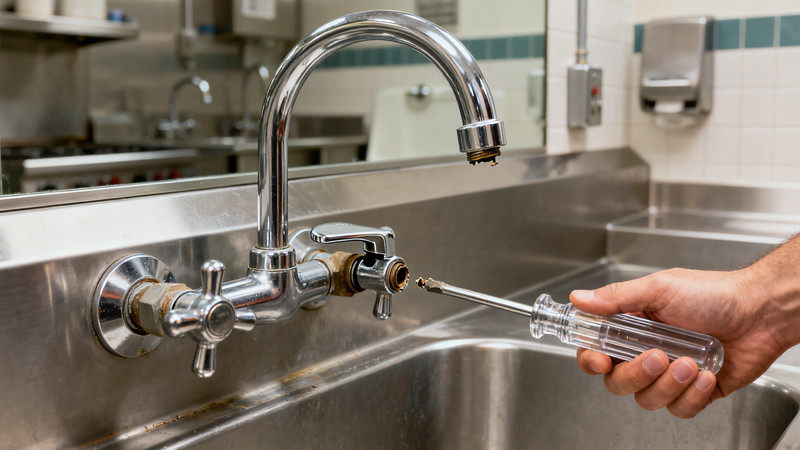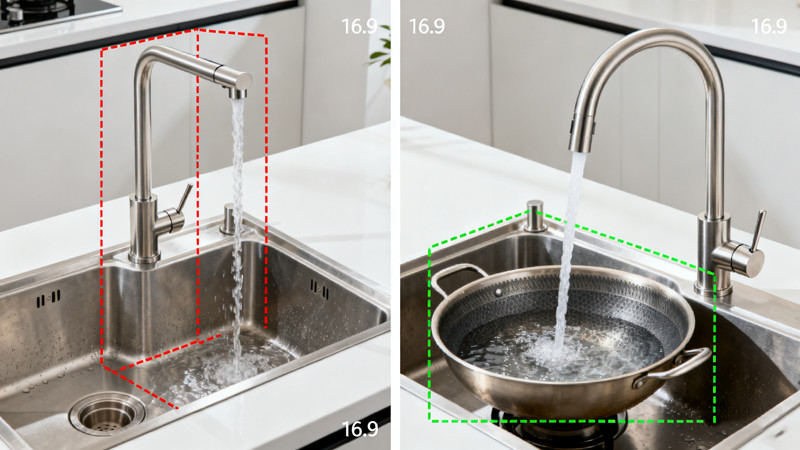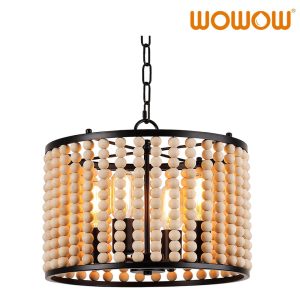
When it comes to creating a luxurious and stylish bathroom, few elements command attention like a standalone bathtub. Among the various options available, two popular choices stand out: Clawfoot and Freestanding bathtubs. Both evoke a sense of elegance and charm, but they each bring unique characteristics to the table. Let’s delve into the features, aesthetics, and practical considerations of Clawfoot vs. Freestanding bathtubs to help you decide which one suits your space and style preferences best.
Aesthetics and Design
Clawfoot Bathtubs: Clawfoot bathtubs are iconic for their classic and vintage appeal. Typically made from cast iron with a porcelain enamel finish, these tubs are characterized by their ornate feet, often resembling animal claws (hence the name). The feet are available in various finishes such as chrome, brass, or painted to match the tub’s color, adding a touch of sophistication to any bathroom.
The design of Clawfoot bathtubs varies widely, from traditional roll-top edges to more contemporary flat-top designs. They come in different sizes, with some models offering deeper soaking depths for enhanced comfort during baths. This variety allows homeowners to choose a Clawfoot tub that complements both traditional and modern bathroom aesthetics, making it a versatile choice for many interior styles.
Freestanding Bathtubs: Freestanding bathtubs, on the other hand, are celebrated for their sleek and minimalist appearance. These tubs do not have the ornate feet of Clawfoot tubs but instead rest directly on the bathroom floor. They are available in a range of shapes, including oval, rectangular, and even asymmetrical designs, catering to diverse tastes and spatial requirements.
Materials such as acrylic, fiberglass, stone resin, and even copper are commonly used for Freestanding tubs, offering flexibility in terms of weight, durability, and heat retention properties. This variety allows homeowners to choose a bathtub that not only fits their aesthetic preferences but also meets practical needs such as ease of maintenance and thermal insulation.
Installation and Placement
Clawfoot Bathtubs: Installing a Clawfoot bathtub typically requires more space due to the protruding feet and often larger dimensions. They are usually positioned away from walls, serving as a centerpiece in the bathroom layout. This placement enhances the visual impact of the tub but may require additional planning for plumbing and ensuring adequate space around the tub for cleaning and maintenance.
The installation process for Clawfoot tubs can vary depending on whether the plumbing is integrated into the floor or wall-mounted. This flexibility allows for customization in bathroom design, accommodating different architectural styles and preferences.
Freestanding Bathtubs: Freestanding bathtubs offer more flexibility in terms of placement compared to Clawfoot tubs. They can be positioned against a wall or in the center of the room, depending on the bathroom layout and plumbing considerations. This versatility makes Freestanding tubs suitable for both large and compact bathrooms, providing an opportunity to create a focal point without dominating the space.
Due to their design, Freestanding tubs often have a simpler installation process, requiring less structural modification to accommodate plumbing. They can be easily integrated into various bathroom designs, whether as part of a contemporary spa-like retreat or a classic, minimalist sanctuary.
Practical Considerations
Clawfoot Bathtubs: Clawfoot bathtubs are renowned for their durability, often crafted from sturdy materials like cast iron. This makes them heavier than Freestanding tubs but also enhances their longevity and heat retention properties. The enamel finish not only adds to their aesthetic appeal but also makes cleaning relatively straightforward with non-abrasive cleaners.
One consideration with Clawfoot tubs is their weight, which may require reinforced flooring to support the tub’s full capacity when filled with water. Additionally, the space required around the tub for cleaning and maintenance can be a factor in smaller bathrooms.
Freestanding Bathtubs: Freestanding bathtubs are lightweight compared to Clawfoot tubs, thanks to materials like acrylic and fiberglass. This makes them easier to maneuver during installation and potentially more suitable for upper-floor bathrooms where weight restrictions apply.
Maintenance of Freestanding tubs is generally straightforward due to their smooth surfaces, which are easy to clean with regular bathroom cleaners. They offer excellent heat retention properties depending on the material chosen, ensuring a comfortable bathing experience without excessive heat loss.
Conclusion: Clawfoot vs. Freestanding Bathtubs
Choosing between a Clawfoot and Freestanding bathtub ultimately comes down to personal preference, bathroom size, and design aesthetic. If you gravitate towards a classic, vintage look and have the space to accommodate it, a Clawfoot bathtub could be the perfect centerpiece for your bathroom. On the other hand, if you prefer a sleek, modern design with flexibility in placement, a Freestanding bathtub offers a wide range of options to suit your style and practical needs.
Whether you opt for the timeless charm of Clawfoot or the contemporary elegance of Freestanding, investing in a standalone bathtub is sure to elevate your bathroom into a luxurious retreat, enhancing both functionality and aesthetic appeal.
 WOWOW Faucets
WOWOW Faucets